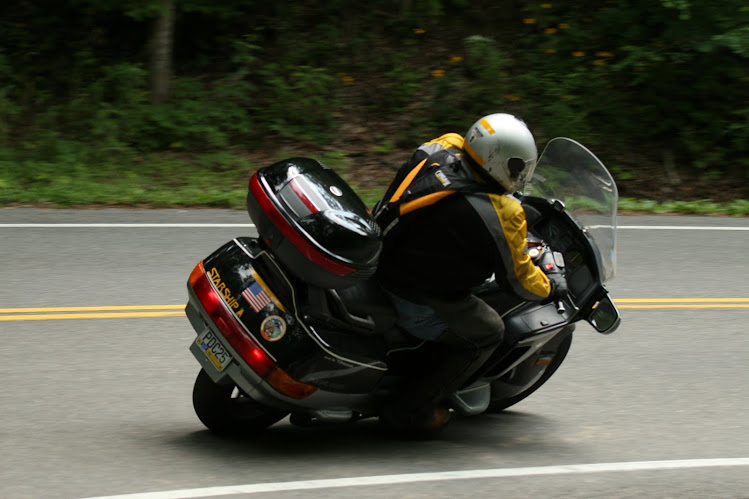Copyright © 2011 by Ralph Couey
When reads about “Dead Red” laws, the image conjured up is of some draconian McCarthy-esque measure from the 1950’s. Actually, it has nothing to do with politics.
Every motorcyclist and bicyclist is familiar with the frustration of pulling up to and intersection and watching the lights go through 2 or 3 cycles without getting the green. This problem has been the subject of increasingly vociferous lobbying from riders.
Some intersections don’t have automatically sequenced lights. They’re triggered by sensors buried in the roadway. These sensors don’t rely on weight, but mass. As a large metal object, like a car or truck, rolls up, the steel creates a “bubble” in the ambient magnetic field. This bubble is detected by the sensors which then trigger the lights. The Navy uses this method, called "Magnetic Anomaly Detection," to locate submerged submarines. These devices have to be calibrated, but vehicle used is usually the 10-ton truck the road crews work out of. In terms of magnetic mass, that’s a far cry from even the largest motorcycle. Consequently, the rider sits at the intersection…and sits…and sits…and sits…well, you get the idea.
